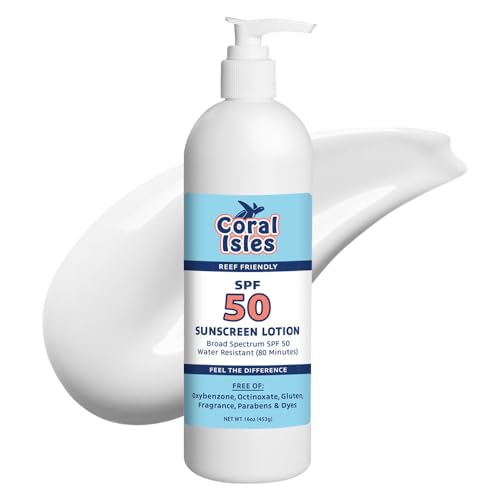I don’t want to come off sounding like I’m insulting your intelligence, since you’ve mentioned doing all the previous research
Please don't worry about that I checked my ego the moment I registered on my first board and started asking for help.
I was vacuuming the sand all the way to the bottom. This is the advice I got from someone that's been in the hobby and the business for 25 years. So far he has helped me a bunch. I've recently stopped because of everything I'm reading tells me not to do that and gives pretty good reason why I should stop. Since I stopped the deep vacuuming I now have bubble again thru out the sand bed.
When I started the tank I use all wet "Bio-active live" aragonite sand. I never seeded it with anything. So it's got only what was "live" ,in a sealed bag of wet sand, and what came off the rock.
I've got a large cleaner crew. A mixture of about 300+ snails including cerith,astrea,nass,nerite and a few mexican turbos plus about 150 blue and 100 red hermitts. I've got 2 atlantic cuke and 2 fighting conch on back order to help with stirring the sand.
I've never added more live sand.
I really appreciate everyones help. I don't want to get into SPS if I'm not confident I can keep them with out killing them. I killed several fish early on in this hobby due to a pump that failed while I was on vacation and I don't want to go thru that again. I want to be careful in chosing what I'm capable of keeping. Of course I say that and I'm sure you noticed my Elegance, probably not a wise choice.
I think I need to alow the changes I've made to my husbandry, changing my sock 3 times a week, not deeply vacuuming the sand, maintaining water changes of 55 gals instead of 30 and adding a fug as quikly a possible, have time to take effect.
Thanks again and if I need to do something differently with my sand bed please let me know.



































































